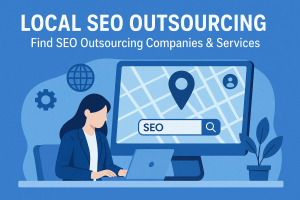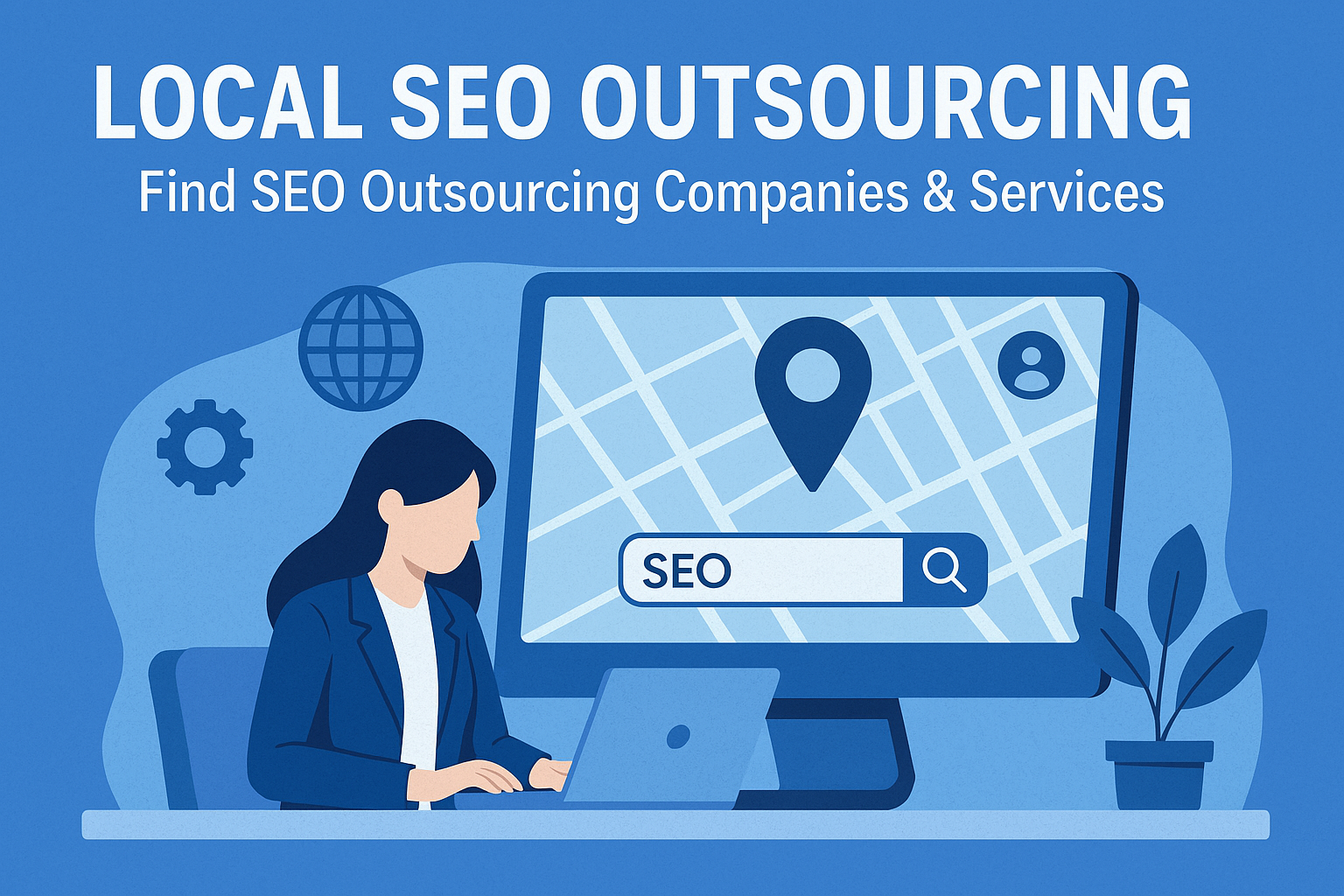Local SEO Tips: Best Practices to Improve Local Ranking & Search Results

Sanya Kaushal
Sanya is a seasoned SEO and content writing expert with a 10 years of experience. She is skillfully driving organic growth and crafting search-optimized content that engages audiences and elevates brand visibility across industries.
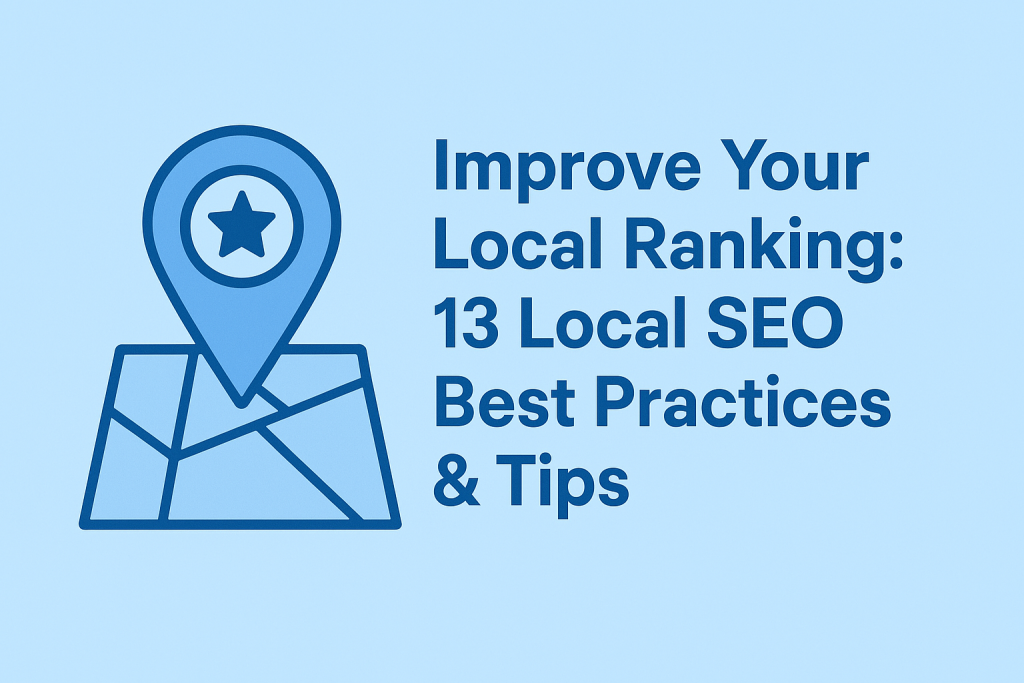
Table of Contents
Optimize Your Google Business Profile
1.1 Claim and Verify Your Google Business Profile
1.2 Enhance Your Google Listing & Google Map PresenceStrengthen Your Local SEO Ranking Factors
2.1 Understanding and Improving Your Local Ranking
2.2 Using Local SEO Tools to Monitor Ranking FactorsDevelop an Effective SEO Strategy
3.1 Build a Solid SEO Strategy for Local Business
3.2 Plan Your Local SEO Work Step by StepImprove Your Local On-Page SEO
4.1 Use Local Keywords in Your Content
4.2 Add Schema Markup for Local to Boost Search ResultsLeverage Local SEO Tools for Better Research
5.1 Find Local Keywords Using SEO Tools
5.2 Analyze Local Searchers’ Behavior with Google Search DataBuild Quality Local Links
6.1 Focus on Local Link Building Strategies
6.2 Earn Trusted Links to Boost Your Local RankingCraft a Localized Content Strategy
7.1 Create Content That Speaks to Your Local Audience
7.2 Improve Your Local Content to Engage SearchersBoost Your Local Business Visibility with Listings
8.1 Ensure Consistent Local Listings Everywhere
8.2 Optimize Your Local Listing for Better RankingLeverage Reviews to Improve Your Local SEO
9.1 Ask for Reviews and Improve Your Local Reputation
9.2 Manage and Respond to Reviews to Enhance RankingHost and Promote Local Events
10.1 Use Local Events to Connect With Your Community
10.2 Promote Events for Increased Local TrafficGet Involved with Your Local Chamber of Commerce
11.1 Network with Your Local Chamber of Commerce
11.2 Boost Your Local SEO with Chamber InvolvementMonitor and Adjust Your Local SEO Strategy
12.1 Track Your Local Ranking Progress
12.2 Analyze Google Search Results to Adjust Your StrategyKeep It Consistent and Stay Engaged
13.1 Ensure Consistent Business Info Everywhere (NAP)
13.2 Communicate Directly With Your Audience for More Local Success

1. Optimize Your Google Business Profile
Local SEO starts with your Google Business Profile, which is like your online business card. I can’t stress enough how important it is to get this right. It’s the foundation of your local SEO success.
1.1 Claim and Verify Your Google Business Profile
First things first—go to the Google Business page and claim your business. When I did this for my own projects, it felt like unlocking a secret level! Once you claim the profile of your local small business, verify it.
Google offers several methods, like getting a postcard or sometimes a phone call. Make sure you complete this step so you have full control.
1.2 Enhance Your Google Listing & Google Map Presence
Once your profile is claimed, fill in every detail:
Make sure your business name, address, and phone number (NAP) are correct.
Add your operating hours.
Upload high-quality photos.
Write a clear, simple description of what you do.
But wait, there’s more!” Keep your profile active by posting regular updates. It enhances local SEO and tells Google and potential customers that your business is up-to-date. Your profile also appears on Google Maps, so a well-optimized listing means you show up for local search results when people are searching nearby.

2. Strengthen Your Local SEO Ranking Factors
It’s all about the ingredients. I often compare local SEO to making a tasty recipe. You need the right mix of factors to win.
2.1 Understanding and Improving Your Local Ranking
In my experience, three main factors make a difference in local SEO:
Relevance: Your business must match what the searcher is looking for. For example, if someone searches for “pet grooming in Dallas,” your service should be exactly that.
Distance: How far you are from the searcher matters. The closer you are, the better your chance of showing up.
Prominence: Think of this as your reputation. Good reviews, a strong online presence, and accurate information all help here.
I always keep these in mind. When all three are in balance, you see your local rankings rise!
2.2 Using Local SEO Tools to Monitor Ranking Factors
To keep an eye on these factors, I use local SEO tools. Tools like Semrush, Moz Local, or BrightLocal help me track whether my ranking factors (like accuracy in my listings and review quality) are up to par. They give me clear insights, which means I can tweak things if they’re not working.

3. Develop an Effective SEO Strategy
Without a plan, SEO is like trying to find a treasure without a map. So, here’s my step-by-step approach.
3.1 Build a Solid SEO Strategy for Local Business
I start by setting clear goals. Ask yourself: “What do I want from local SEO? More calls? More visits?” I then write these goals down. For example, “I want 10 more customers each month.” From there, I plan the steps I need to take. Trust me, planning makes the whole process less stressful.
3.2 Plan Your Local SEO Work Step by Step
I always make a checklist. Here’s a simple version of my checklist:
Claim my Google Business Profile.
Research local keywords.
Optimize my website with these keywords.
Build local citations and ensure all NAP details are consistent.
Ask for reviews.
Monitor my progress.
Each step is a small win. And guess what? Even tiny improvements can add up to big results!

4. Improve Your Local On-Page SEO
Your website is your home base, so it needs to be in tip-top shape. On-page SEO is all about making sure your website tells Google everything about your business in a simple way.
4.1 Use Local Keywords in Your Content
Start with local keyword research. For example, if you run a salon in Houston, keywords like “Houston hair salon” work great. I always make sure these keywords flow naturally in my content. No keyword stuffing here—just simple, honest language that anyone can understand.
4.2 Add Schema Markup for Local to Boost Search Results
Now, schema markup might sound scary, but it’s really not. Think of it as extra notes you leave for Google, telling it more about your business. I add simple local business schema code, which shows your address, hours, phone number, and other details. This helps your site appear in rich results on search engine.
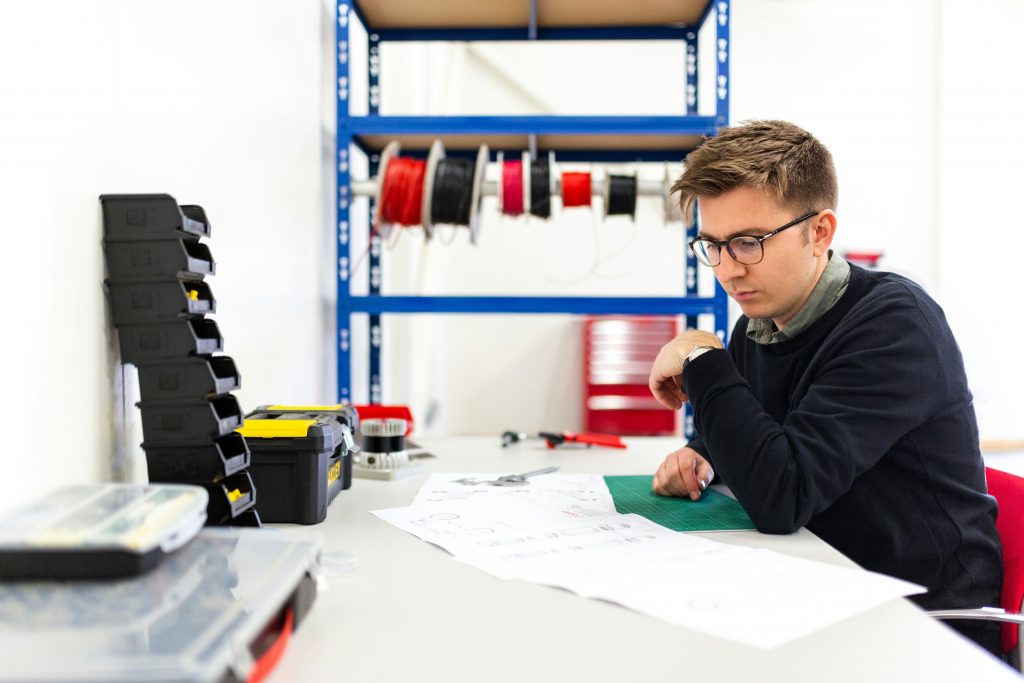
5. Leverage Local SEO Tools for Better Research
I can’t work without the right tools—they save me a ton of time and help me see what’s really working.
5.1 Find Local Keywords Using SEO Tools
For keyword research, I often use Google Keyword Planner, Ubersuggest, or Semrush’s Keyword Magic Tool. These tools help me figure out what local people are searching for. It’s like having a secret peek into the minds of your customers!
5.2 Analyze Local Searchers’ Behavior with Google Search Data
I also keep an eye on Google Search Console and Google Analytics to see what search queries bring in local traffic. This helps me adjust my strategy quickly if I notice a trend or a change in behavior. And trust me, this is super important for staying ahead.
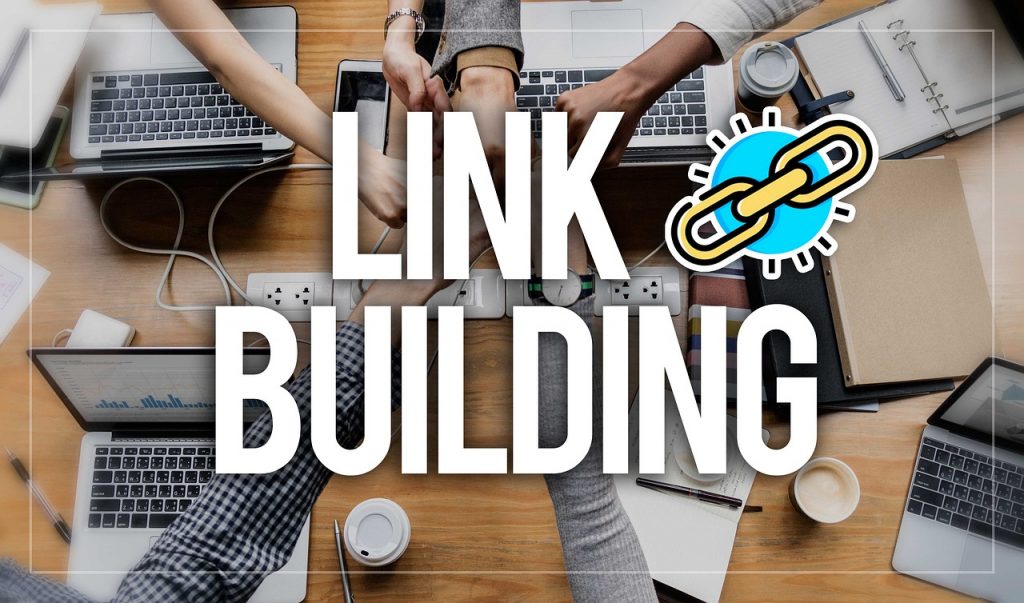
6. Build Quality Local Links
Links are like little votes of confidence from other websites. When local sites link to mine, it helps search engines identify my business as trusted.
6.1 Focus on Local Link Building Strategies
I focus on getting high-quality links from local blogs, news sites, and community organizations. The trick is to reach out to these sites with a friendly email, asking if they’d like to feature my content. It’s all about building relationships, not just chasing links.
6.2 Earn Trusted Links to Boost Your Local Ranking
Sometimes, I write a guest post or sponsor a local event to get a link. Each quality link is like a cheerleader for your site. And guess what? Even a few links from well-known local sites can make a big difference in your rankings.

7. Craft a Localized Content Strategy
Content is king, but in local SEO, it’s all about making content that your local community finds useful and engaging.
7.1 Create Content That Speaks to Your Local Audience
When I write, I ask myself: “Will this help a local person?” If you run a plumbing service, for example, you might write an article on “5 Signs You Need a Plumber in [City].” This type of content tells your local customers that you understand their needs.
7.2 Improve Your Local Content Strategy to Engage Local Searchers
I mix it up with blog posts, guides, and even local news updates. Using simple language and a friendly tone is key—just like talking to a friend. Your goal is to keep the conversation flowing so that every reader feels connected.

8. Boost Your Local Business Visibility with Local Listings
Being everywhere is important. Local business listings are the online local directories where your business shows up, like Yelp, Facebook, and others. They help increase your local visibility and makes it easier to find your business.
8.1 Ensure Consistent Local Listings for Your Local Business
I always check that my business information (NAP—Name, Address, Phone) are exactly the same on all these listings. Inconsistencies can confuse Google and hurt your rankings.
8.2 Optimize Your Local Listing to Improve Local Ranking
A well-optimized listing includes photos, business hours, and a clear description of your services. The more complete your listing, the more likely it is to help you rank high in local searches.
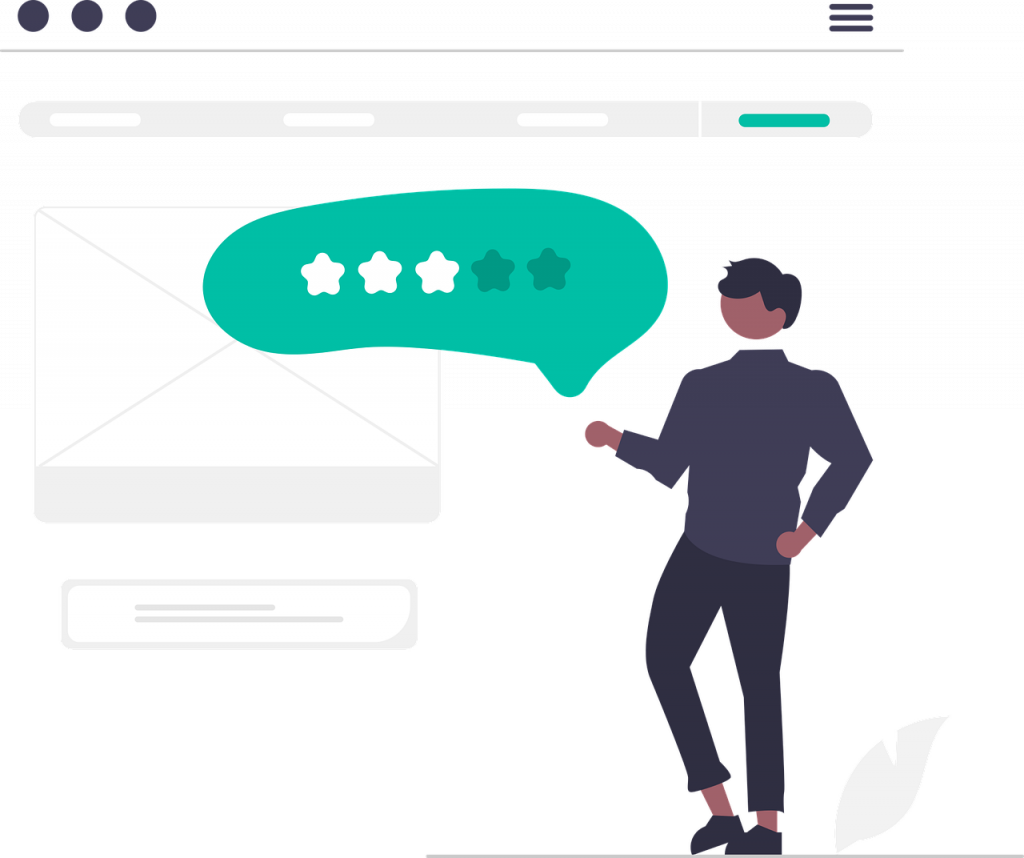
9. Leverage Reviews to Improve Your Local SEO
Reviews are like word-of-mouth in the digital world. They build trust and tell both Google and potential customers that your business is the real deal.
9.1 Ask for Reviews & Improve Your Local SEO
I always make it a point to ask my happy customers to leave a review. Whether it’s in-person, through a follow-up email, or via a sign in my store with a QR code, reviews are super important. They boost my local SEO and help show new customers that people love my business.
9.2 Monitor and Respond to Reviews to Enhance Ranking
I make sure to reply to all reviews—thanks for the good ones, and addressing any problems in not-so-good ones. This shows that I care about my customers, and Google sees that as a positive signal too.

10. Host and Promote Local Events
Hosting local events is a fun and effective way to build your community presence. It’s not just good for SEO efforts —it’s a great way to meet your customers face-to-face!
10.1 Use Local Events to Drive Local Traffic
I’ve hosted workshops, community meet-ups, and even online Q&A sessions that focus on local topics. These events not only bring more people to my store or website, but they also get people talking about my business online.
10.2 Engage the Community Through Local Events
Promoting these events on your website, Google Business Profile, and social media is key. It’s like inviting your friends over for a big get-together—everyone loves to be part of it, and it helps boost your local visibility.

11. Get Involved with Your Local Chamber of Commerce
Getting involved in local organizations, like your chamber of commerce, is a great way to network and boost your credibility.
11.1 Network with Your Local Chamber of Commerce
I joined my local chamber of commerce and found that it opened many doors. You get listed in their directory, meet other business owners, and build relationships that lead to more local links and referrals.
11.2 Enhance Local SEO with Chamber Involvement
Being part of the chamber shows Google and your customers that you’re serious about your community. It’s a simple step that can pay off big in the long run.

12. Monitor and Adjust Your Local SEO Strategy
SEO isn’t a one-and-done deal. I always keep an eye on my results and adjust my tactics as needed.
12.1 Track Your Local Ranking Progress
I regularly check my rankings using tools like Google Analytics, Search Console, and local rank trackers. It’s important to know what’s working and to celebrate even the little wins.
12.2 Analyze Google Search Results to Adjust Your Strategy
I also analyze what keywords are driving traffic and look at my search results. If I notice something isn’t working, I tweak my strategy. And here’s a little truth bomb: sometimes, testing new ideas makes all the difference.

13. Keep It Consistent and Stay Engaged
Last but not least, consistency and communication are the secret sauce of local SEO.
13.1 Ensure Consistent Business Info Everywhere (NAP)
Make sure your business name, address, and phone number are exactly the same on your website, in your Google Business Profile, on Yelp, and across all directories. This simple step tells Google that your business is real and reliable.
13.2 Communicate Directly With Your Audience for More Local Success
I always make an extra effort to talk directly to my customers. Whether it’s through social media, email newsletters, or in-person conversations, keeping communication open is key. Ask for feedback, answer questions, and always use simple language. It’s all about building trust with the people in your community.
Wrapping It Up: Final Words and Next Steps
I know that’s a lot of information, but trust me, each tip is a small step towards boosting your local SEO. I’ve been there, struggling with all these technical terms and big tactics, but I found that keeping things simple and consistent really works. When you focus on these 13 strategies, you start to see positive changes in your local rankings and more customers coming in.
Here’s what I recommend you do right now:
Review Your Current Online Presence: Check your Google Business Profile, website, and all your local listings. Make sure everything is in order.
Set Clear Goals: Write down what you want to achieve with local SEO. It could be more calls, more customers, or more visits.
Make a Checklist: Use the tips above and create a daily or weekly checklist to stay on track.
Start With GMB Optimization: Claim and verify your Google Business Profile, update all details, and post regular updates.
Do Your Local Keyword Research: Find out what local phrases your customers are using and incorporate them naturally into your website content.
Build Local Links and Ask for Reviews: Reach out to local bloggers and websites for links and encourage your happy customers to leave reviews.
Monitor Your Progress: Use free tools like Google Analytics and Search Console to keep an eye on your improvements.
Keep Learning and Adjusting: SEO is always changing. Stay updated, and don’t be afraid to try new ideas and adjust your strategy.
Remember, local SEO is a journey, not a race. It takes time, persistence, and a little bit of creativity to see all the benefits. Even if progress seems slow at first, every small improvement adds up.
A Quick Checklist to Remember
Before you run off to optimize your local SEO, here’s a handy checklist that I always keep by my side:
Claim and verify my Google Business Profile.
Make sure my NAP (Name, Address, Phone) is consistent everywhere.
Research local keywords and naturally add them to my website.
Create local content that speaks directly to my community.
Ask every happy customer for reviews and respond to them.
Build high-quality local links through outreach and local partnerships.
Optimize my website’s speed and ensure it’s mobile-friendly.
Monitor my results using Google Analytics and Search Console.
Update and refresh old content regularly.

